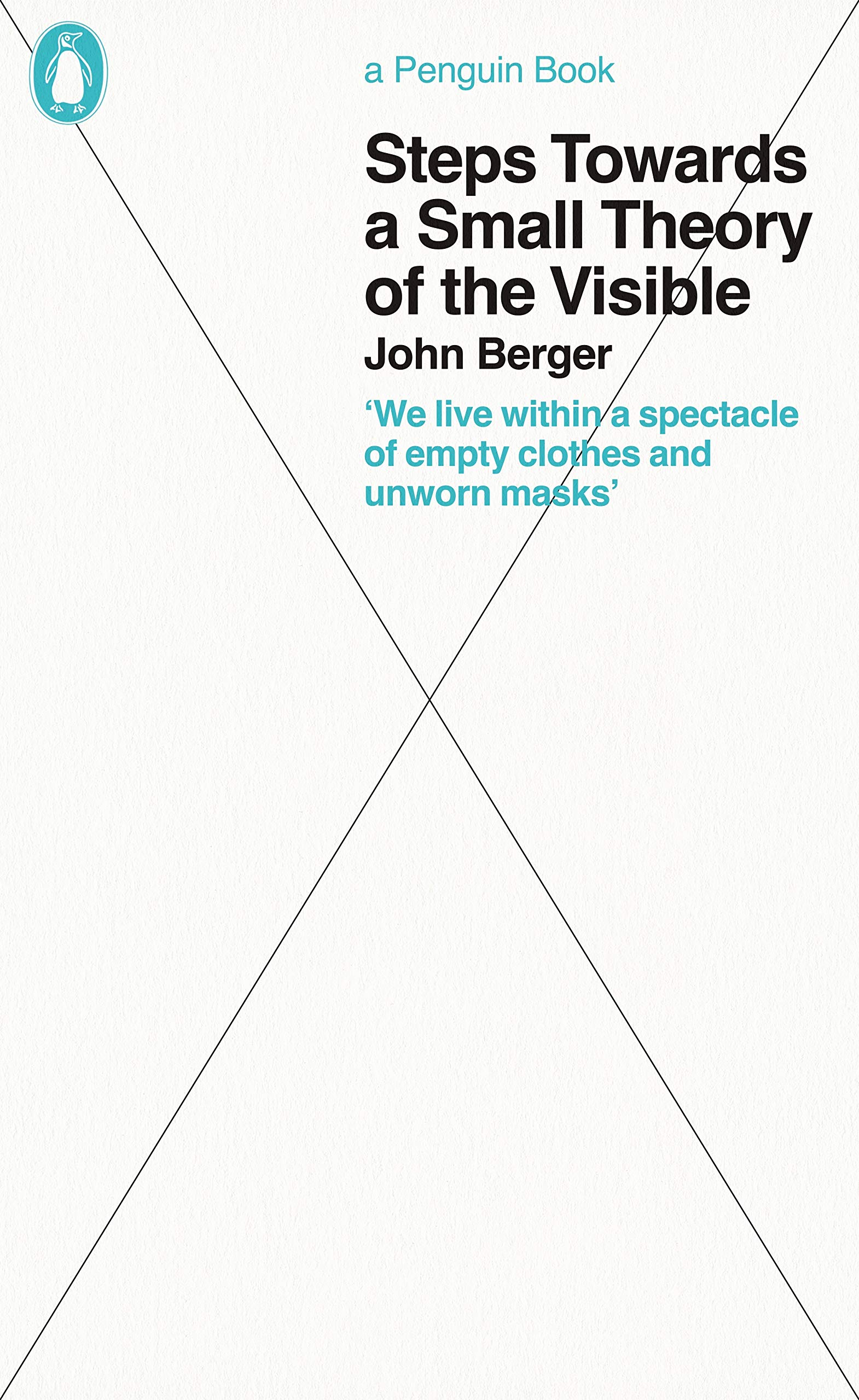What do you think?
Rate this book


106 pages, Paperback
First published January 1, 1997
The modern poverty of the Caribbean is the direct result of this and similar exploitation. One of the consequences of Caribbean poverty is that hundreds of thousands of West Indians have been forced to come to Britain as migrant workers. Thus my book about migrant workers would be financed from the profits made directly out of them or their relatives and ancestors.
Before the slave trade began, before the European de-humanised himself, before he clenched himself on his own violence, there must have been a moment when black and white approached each other with the amazement of potential equals. The moment passed. And henceforth the world was divided between potential slaves and potential slave masters. And the European carried this mentality back to his own society. It became part of his way of seeing everything.
Just as art history has concentrated upon a number of remarkable works and barely considered the largest part of the tradition, aesthetic theory has emphasised the disinterestedly spiritual experience to be gained from works of art and largely ignored their massive ideological function. We spiritualize art by calling it art.
I am in front of a typical European nude. She is painted with extreme sensuous emphasis. Yet her sexuality is only superficially manifest in her actions or her own expression; in a comparable figure within other art traditions this would not be so. Why? Because for Europe ownership is primary. The painting’s sexuality is manifest not in what it shows, but in the owner-spectator’s (mine in this case) right to see her naked. Her nakedness is not a function of her sexuality but of the sexuality of those who have access to the picture. In the majority of European nudes there is a close parallel with the passivity which is endemic to prostitution.
At the peasant’s table the relationship between implements, food and eaters is intimate, and a value is conferred on use and handling. Each person has his own knife which he may well take out of his pocket. The knife is worn, used for many purposes other than eating, and usefully sharp. Whenever possible the same plate is kept throughout the meal, and between dishes it is cleaned with bread which is eaten. Each eater takes his share of the food and drink which are placed before all. For example: he holds the bread to his body, cuts a piece of it towards himself, and puts the bread down for another. Likewise with the cheese or sausage. Contiguity as between uses, users and food is treated as natural. There is minimum of division.
The feast for the peasant, when once the occasion has been given, begins with food and drink. It does so because food and drink have been reserved or put aside, on account of their rarity or special quality, for just such an occasion. Any feast, even if it is impromptu, has been partly prepared for for years. A feast is the consuming of the surplus saved and produced over and above daily needs. Expressing and using up some of this surplus, the feast is a double celebration – of the occasion which gives rise to it, and of the surplus itself. Hence its slow tempo, its generosity and the active high spirits which accompany it.
The feast for the bourgeois is an additional expense.
It is possible to argue, as Malevich did, that the twenty paintings which Monet made in the early 1890s of the façade of Rouen Cathedral, as seen at different times of day and under different weather conditions, were the final systematic proof that the history of painting would never be the same again. This history had henceforward to admit that every appearance could be thought of as a mutation and that visibility itself should be considered flux.
More and more people go to museums to look at paintings and do not come away disappointed. What fascinates them? To answer: Art, or the history of art, or art appreciation, misses, I believe, the essential.
In art museums we come upon the visible of other periods and it offers us company. We feel less alone in the face of what we ourselves see each day appearing and disappearing. So much continues to look the same: teeth, hands, the sun, women’s legs, fish…in the realm of the visible all epochs coexist and are fraternal, whether separated by centuries or millennia. And when the painted image is not a copy but the result of a dialogue, the painted thing speaks if we listen.